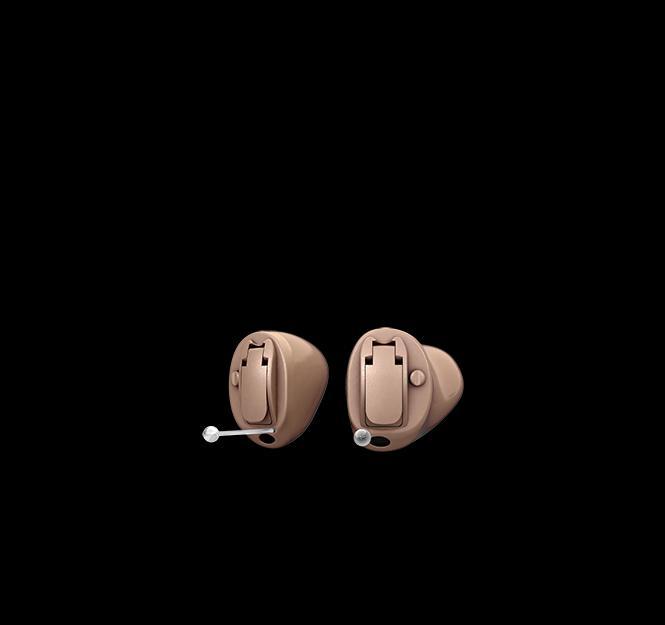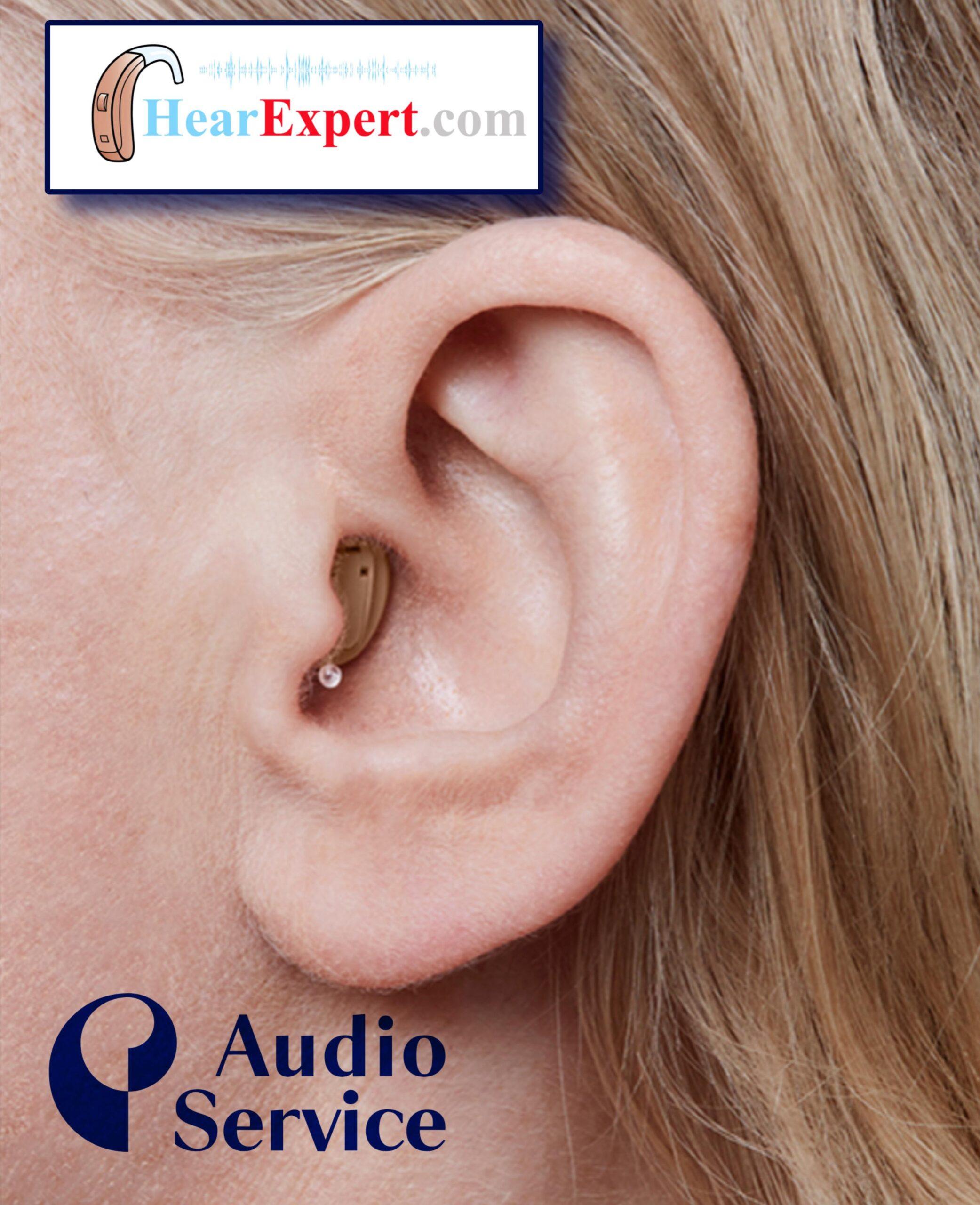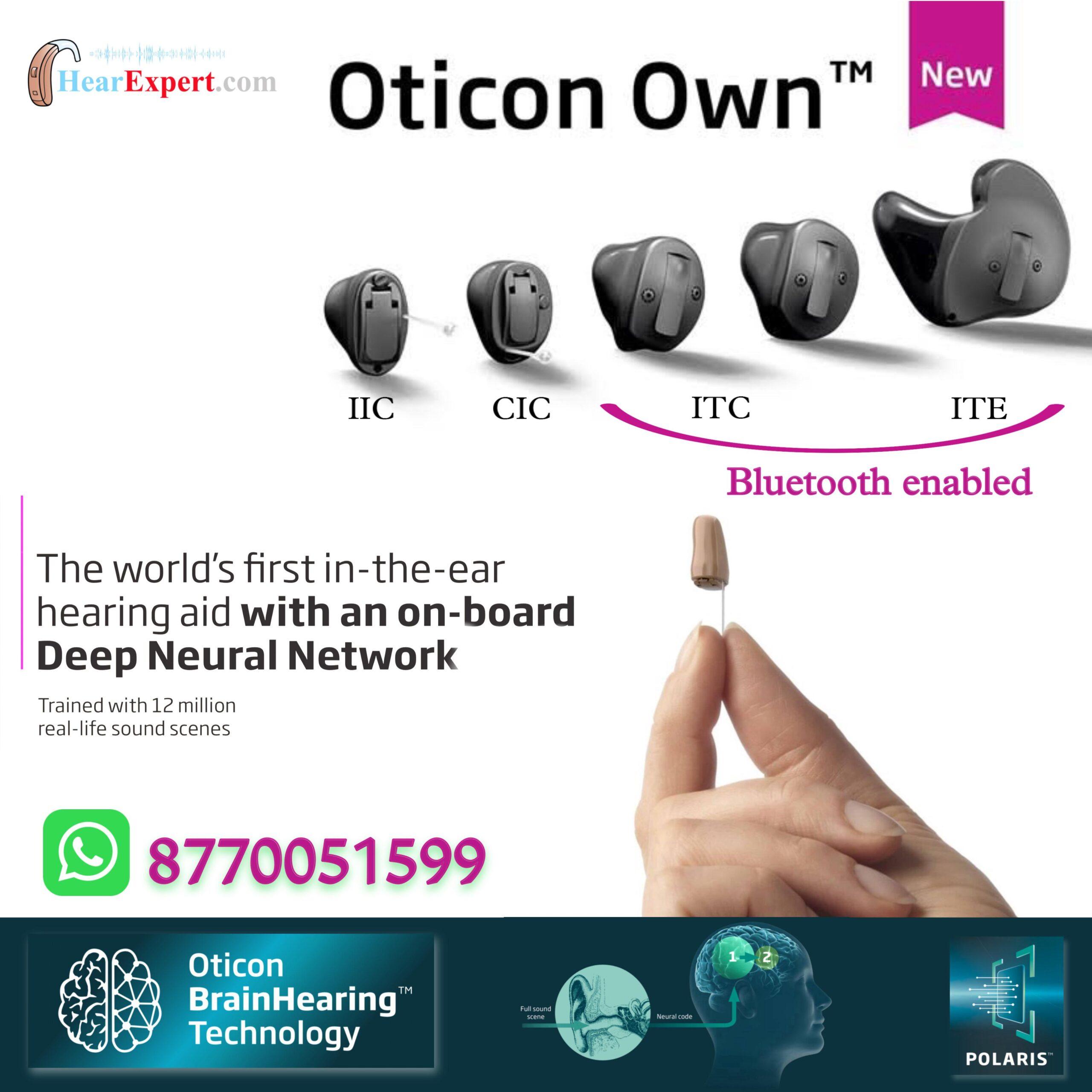In the realm of hearing assistance technology, Completely-In-Canal (CIC) hearing aids represent one of the most discreet and technologically advanced options available. These tiny devices sit deep within the ear canal, making them nearly invisible to others while providing significant hearing enhancement. But what exactly sets CIC hearing aids apart from other styles, and why might they be the right choice for certain individuals with hearing loss?
The Distinctive Design of CIC Hearing Aids

CIC hearing aids are characterized by their exceptionally small size and deep placement within the ear canal. Unlike larger behind-the-ear (BTE) or in-the-ear (ITE) models, CIC devices are custom-molded to fit entirely within the ear canal, with only a small extraction cord visible at the canal opening. This design offers several immediate advantages:
Invisibility and Aesthetics
Perhaps the most compelling feature of CIC hearing aids is their virtual invisibility. For many users, especially first-time hearing aid wearers, the cosmetic appeal of an undetectable hearing solution can be a significant factor in acceptance and consistent use. The discreet nature of CIC devices helps eliminate the stigma sometimes associated with hearing aid use, making them particularly popular among younger adults and professionals in public-facing roles.
Custom-Fitted Comfort

Each CIC device is custom-manufactured based on a precise impression of the wearer’s ear canal. This bespoke approach ensures a secure, comfortable fit that prevents the device from shifting during daily activities. The deep placement also means that CIC aids move naturally with the ear canal during jaw movements like talking or chewing, reducing the need for frequent adjustments.
Acoustic Advantages
Beyond aesthetics, CIC hearing aids offer several acoustic benefits that derive directly from their position within the ear canal:
Natural Sound Reception
By residing deep within the ear canal, CIC devices take advantage of the ear’s natural anatomy for sound collection. The outer ear (pinna) still performs its natural function of gathering and directing sound waves into the ear canal, resulting in a more natural listening experience. This positioning helps preserve the ear’s ability to locate sound sources spatially, an important aspect of natural hearing that some other hearing aid styles may compromise.
Reduced Wind Noise
Active individuals and outdoor enthusiasts often struggle with wind noise when wearing hearing aids. CIC models significantly reduce this problem because they sit protected within the ear canal rather than outside it. This sheltered position means less interference from passing air currents, resulting in clearer hearing during outdoor activities.
Lower Occlusion Effect
Many hearing aid users report an unpleasant “plugged up” sensation where their own voice sounds abnormally loud or hollow – known as the occlusion effect. CIC devices, when properly fitted deep in the canal, can reduce this effect compared to larger models. The deep placement allows some sound to escape through the tympanic membrane, creating a more natural perception of one’s own voice.
Also check out our blog, What Should You Know Before Buying Completely-In-Canal (CIC) Hearing Aids? To learn more about CIC hearing aids.
Technological Considerations
Despite their minuscule size, modern CIC hearing aids incorporate sophisticated technology:
Miniaturization Marvels
The development of CIC hearing aids represents a triumph of miniaturization in medical technology. These devices pack microphones, speakers, processors, and batteries into a housing smaller than a coffee bean. Advances in digital signal processing allow these tiny devices to perform complex sound analysis and enhancement in real-time, adjusting to different listening environments automatically.
Feature Limitations
The compact size of CIC devices does impose some technological constraints. Features like wireless connectivity, directional microphones, and telecoil compatibility – standard in larger hearing aids – may be limited or absent in CIC models due to space restrictions. However, manufacturers continue to innovate, and newer CIC models increasingly incorporate wireless capabilities for smartphone connections and programming adjustments.
Battery Considerations
CIC devices typically use the smallest hearing aid batteries (size 10 or occasionally size 5), which generally offer shorter battery life than the larger batteries used in bigger hearing aids. Most users can expect 3-7 days of use per battery, depending on usage patterns and technical specifications. The small size of these batteries can also make handling challenging for users with dexterity issues.
Candidacy and Fitting Considerations
Not everyone with hearing loss is an ideal candidate for CIC hearing aids:
Hearing Loss Range
CIC devices are typically best suited for mild to moderate hearing loss. Those with severe or profound hearing loss generally require more powerful amplification that cannot be achieved within the size constraints of a CIC device.
Anatomical Compatibility
Ear canal size and shape vary significantly between individuals. Some people have naturally narrow or curved ear canals that cannot accommodate CIC devices comfortably. Others may have excessive earwax production or a history of ear infections that makes CIC use problematic.
Dexterity Requirements
The small size of CIC hearing aids requires a certain level of manual dexterity for insertion, removal, and battery changes. Older adults or those with conditions affecting fine motor control may struggle with daily maintenance of these tiny devices.
Maintenance and Care

CIC hearing aids require particular attention to maintenance:
Protection from Moisture and Wax
Their position deep in the ear canal exposes CIC devices to higher levels of moisture and earwax than other styles. Most modern CIC aids feature protective coatings to resist moisture damage, but regular cleaning remains essential. Users must check the sound outlet daily for wax buildup that could block sound transmission.
Professional Cleaning
Even with diligent home maintenance, CIC devices benefit from professional cleaning several times yearly. Audiologists can access components that users cannot safely clean and can replace wax guards and other protective elements to ensure optimal performance.
Cost Considerations
CIC hearing aids typically fall into the mid-to-high price range of hearing assistance devices. Their custom-fitted nature, sophisticated technology, and complex manufacturing process contribute to costs that often exceed those of standard BTE models. However, many users find the combination of discreet appearance and acoustic benefits worth the investment. Hear expert provides CIC hearing aids at the cost of Rs 19990/- to 300000/- per unit.
The Evolution of CIC Technology
The future of CIC hearing aids looks promising, with ongoing innovations addressing current limitations:
Extended-Wear Devices
Some manufacturers now offer extended-wear CIC devices that can remain in the ear canal for months at a time without removal. These devices are inserted and removed by hearing care professionals rather than users, eliminating daily handling concerns.
Improved Connectivity
Newer CIC models increasingly incorporate Bluetooth connectivity despite size constraints, allowing users to stream audio directly from smartphones and other devices. This advancement addresses one of the traditional limitations of CIC technology.
Conclusion
CIC hearing aids represent a specialized solution within the hearing assistance landscape. Their distinctive combination of discreet appearance, custom comfort, and acoustic advantages makes them ideal for many users with mild to moderate hearing loss who prioritize invisibility and natural sound quality.
However, these benefits come with trade-offs in terms of battery life, feature availability, and maintenance requirements. The decision to choose CIC technology should be made in consultation with a qualified audiologist who can assess individual hearing needs, anatomical compatibility, and lifestyle factors.
As technology continues to advance, CIC hearing aids will likely overcome more of their current limitations while maintaining their signature discreet profile, offering even greater benefits to those seeking an invisible solution to hearing loss.
